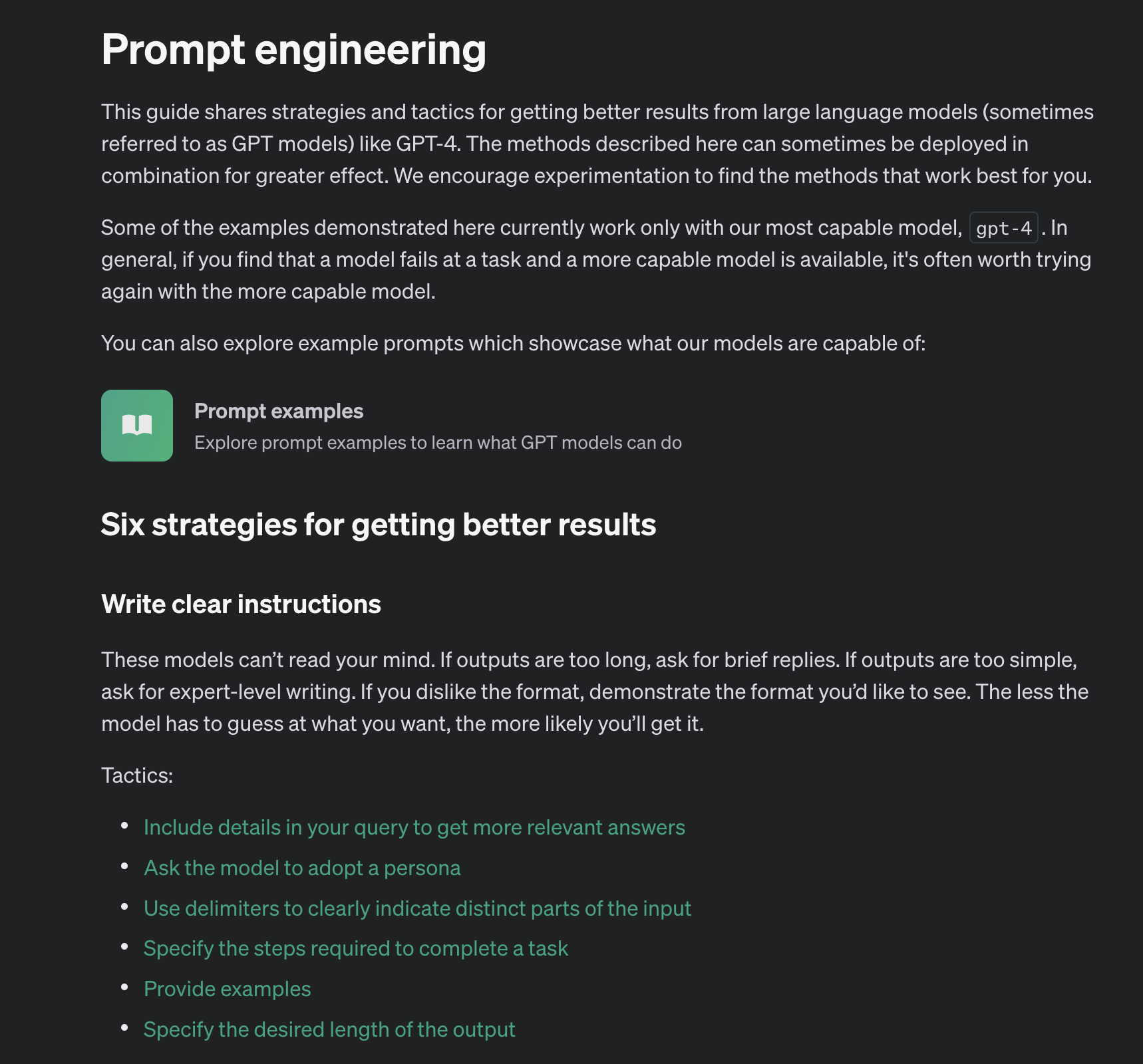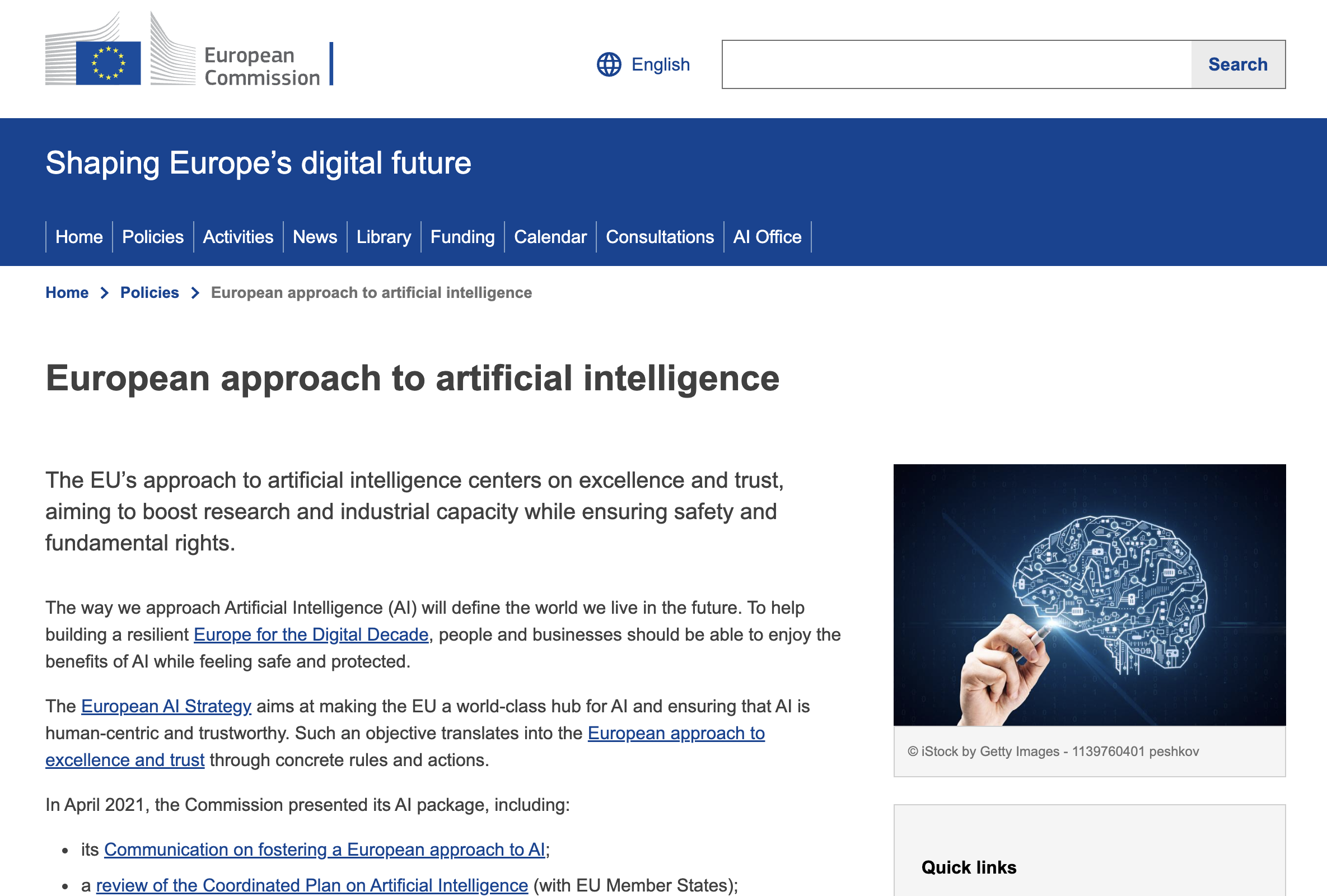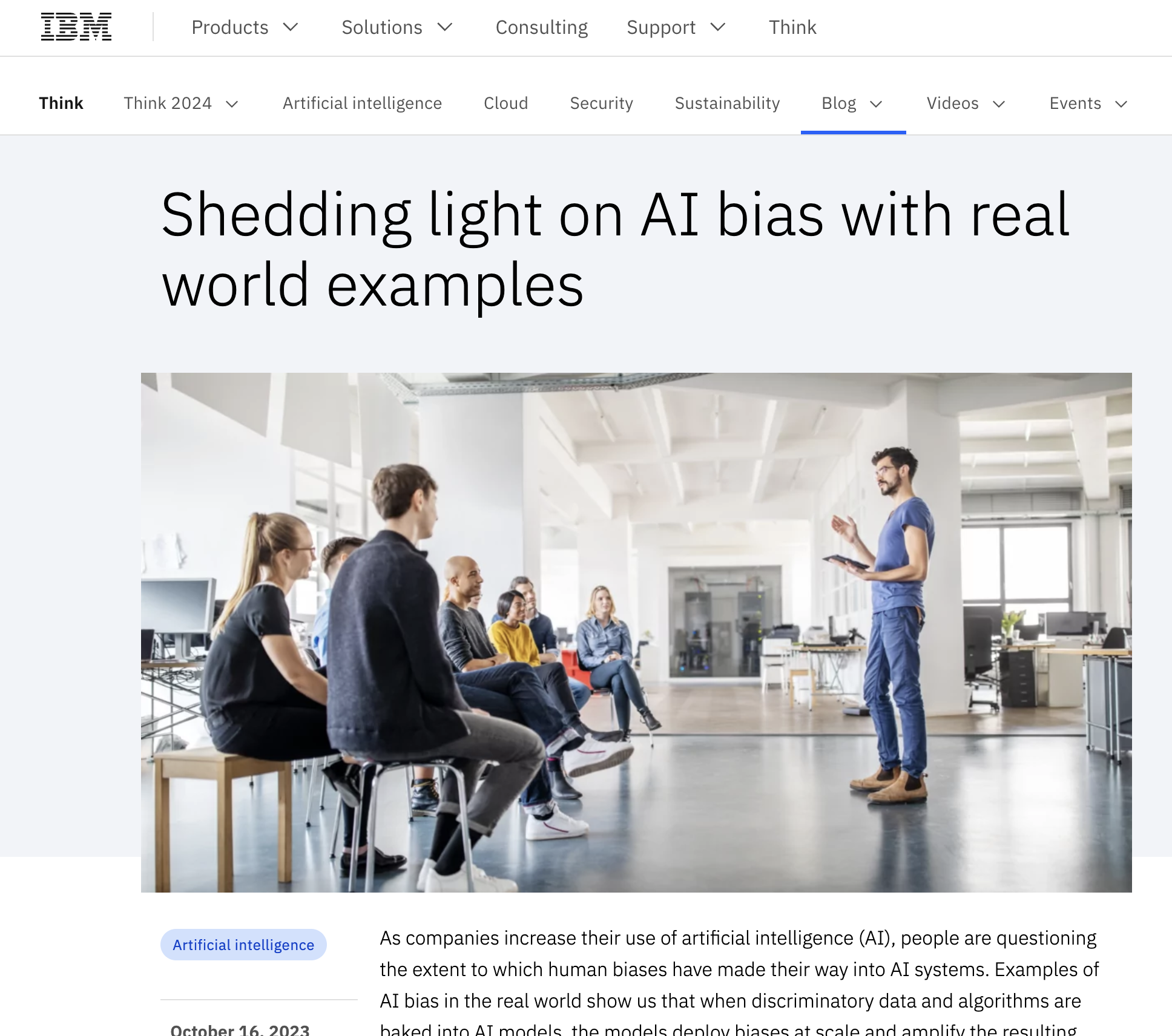Designing With Extended Intelligence 🖥️
28/02/2024 - 01/03/2024
Diving into the "Designing with Extended Intelligences" seminar last week, I embarked on a journey that would profoundly reshape my understanding and approach to my thesis project. The seminar covered critical themes—image generation with AI, prompt engineering, AI biases, and policy regulation—each presenting unique challenges and opportunities for innovation in design. This reflection explores how these themes not only captivated my imagination but also laid a foundational framework for my thesis, guiding me towards creating work that is as innovative as it is ethically and socially responsible.
New Visual Frontiers
Playing around with AI generated images has genuinely captivated my interest. The seminar opened my eyes to the boundless possibilities AI brings to design with proper prompting. By doing it the proper way I can explore ideas that were once just vague in my mind. This technology used properly not only enhances crazy ideas materializing them but also presents different dilemas and challenges to creativity and distribution of them. This images could dramatically transform the way we think and conceptualize everything.

Understanding the Language of AI
Prompt Engineering has become a vital skill on everyone's toolkit, showcasing how effectively communicating with AI can transform creative endeavors. Mastering this way of communicating allows for unprecedented refinement in AI-driven product design, bridging human intent with the technological execution of user-centric experiences. However, as AI technology evolves, the need for intricate prompt engineering is expected to disapear. AI's understanding of natural human language and context will enable it to interpret prompts, making these tools even more accessible without specialized training. This change means designers can focus more on design aspects rather than on how to communicate with AI, democratizing it's use.

Navigating the Landscape of Bias
AI Biases represent a critical reflection point for me. The seminar highlighted how every tool, including AI, carries the footprint of its creators' biases. This realization has most definetly influenced my approach to design. It's not just about what I create but also how I percieve it and the impact it has on the world. In my opinion, as it's hard (to not say impossible) to be unbiased, we need to understand how to shine and thrive through it, making products that represent the values we want to show.
With great power comes great responsability
Policy Regulation around AI has created a new interest in me. Understanding the legal and ethical frameworks governing AI use has made me appreciate the importance of designing within these parameters. It challenges to innovate responsibly, ensuring designs and products not only push the envelope in creativity and functionality through ai but also follow the highest standards of ethical practice. This insight is pivotal for my thesis, as it underlines the importance of trust and accountability in design, laying the groundwork for creating products that are not only groundbreaking but also socially responsible.
Reflection: How does this help me moving forward??
Reflecting on the seminar, I've realized how deeply these themes of Image Generation with AI, Prompt Engineering, AI Biases, and Policy Regulation resonate with my personal journey and the development of my thesis project. The boundless possibilities of AI in design have inspired me to explore new visual frontiers, pushing me to create designs that not only engage but profoundly impact the viewer. This technology isn't just a tool; it's a collaborator that challenges and expands my creative vocabulary. Understanding Prompt Engineering has opened up new avenues for making my designs more intuitive and user-centric, especially for IoT devices and AI-driven products. It’s about creating a seamless interaction that feels natural to the user, bridging the gap between human intention and technological execution with finesse and precision. The seminar also highlighted the significance of AI Biases and the ethical considerations that come with design. This has instilled in me a sense of responsibility to challenge these biases through my work, striving for inclusivity and fairness in design. It’s about making a statement with my thesis that design can be both innovative and ethically sound, serving as a beacon for responsible creativity in the tech world. Lastly, understanding the Policy Regulation surrounding AI has been enlightening. It has taught me the importance of navigating these guidelines not as constraints but as a framework for ethical innovation. This understanding is crucial for my thesis, pushing me to think beyond just the aesthetic and functional aspects of design, considering the broader impact of my work on society. Integrating these insights into my thesis project, I see an opportunity to not only push the boundaries of what is visually and technologically possible but also to craft experiences that are meaningful, responsible, and inclusive. This seminar has not just influenced my approach to design; it has shaped my vision for what my thesis can achieve—setting a new standard for how we interact with, perceive, and are influenced by the designs that integrate AI and technology into our lives. I'm energized to continue this exploration, confident that these insights will lead to a thesis that is not only a reflection of my skills and creativity but also of my commitment to making a positive impact through design.

